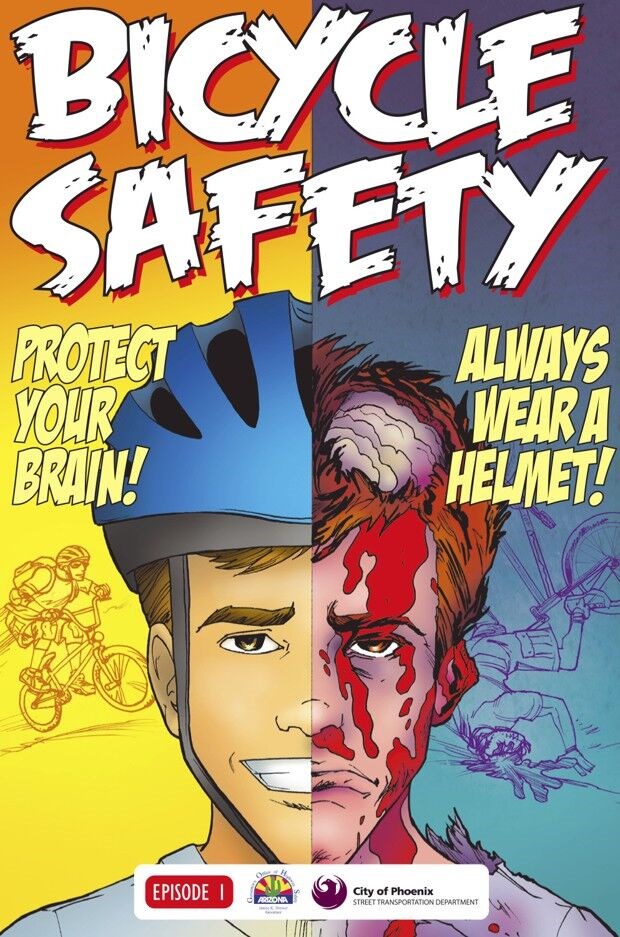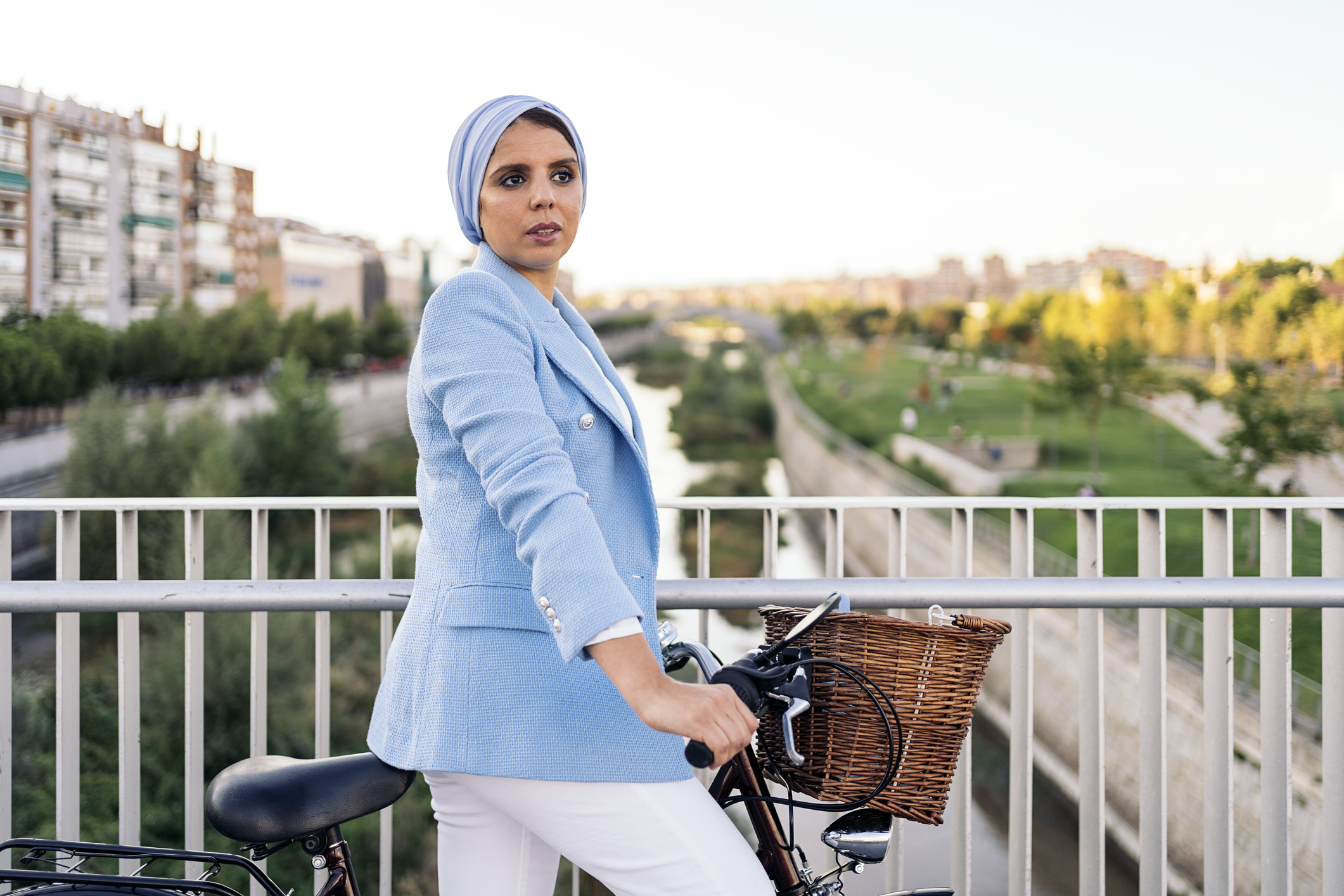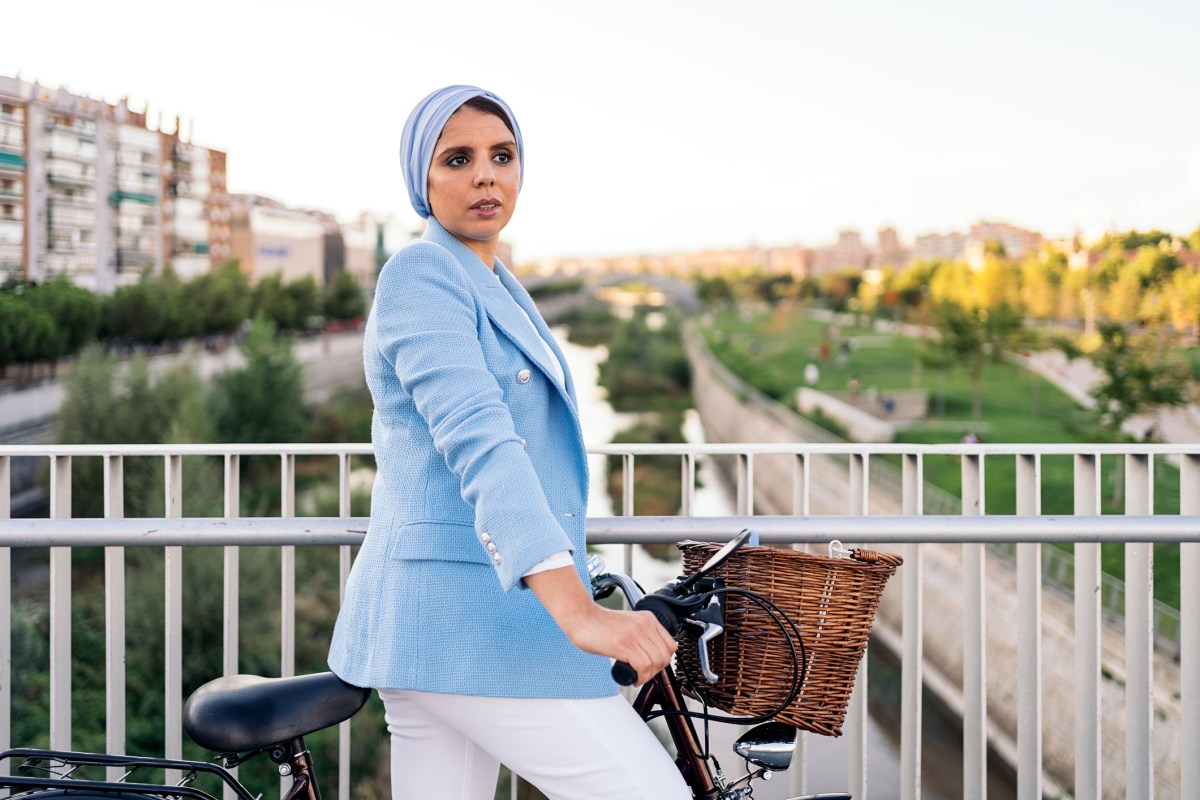Editor's Note: The views and opinions expressed in all blog posts are those of the authors and do not necessarily reflect those of the Redwood City Pulse or its staff.
My grandmother wore headscarves to protect her hair from dirt when working on the farm and fields. My great-aunt became a nun and wore a veil as a symbol of her marriage to God. The hijab and burka have many practical purposes as well. It might serve to protect hair from sand and dirt, conceal natural beauty or perceived flaws, and help prevent harassment. For thousands of years, headscarves have been used to communicate marital status or serve as fashion items.
Controversy arises when governments force all women to wear hijabs and veils, even those who do not want to.
Similarly problematic are governments that ban all hijabs or burkas, even for women who want to wear them.
While my grandmother made a practical choice and nuns made a professional choice, when governments take away free choice from only one group of people, it can often be seen as discrimination.
Bike Helmets remain one of America's most important religious symbols.
 Have you ever noticed on social media that the people most angry about cyclists are also the ones most concerned about them wearing helmets? Why do police officers and the press keep mentioning if a cyclist was wearing a helmet but never say if the driver had a cell phone, a coffee mug, or was listening to a podcast? Driving distracted is very often causing crashes and is illegal in California. Riding without a helmet can never be the cause of a crash, nor is it illegal. Why are cities spending millions on bike helmet advertising but nothing on cheap engineering solutions that would prevent crashes in the first place?
Have you ever noticed on social media that the people most angry about cyclists are also the ones most concerned about them wearing helmets? Why do police officers and the press keep mentioning if a cyclist was wearing a helmet but never say if the driver had a cell phone, a coffee mug, or was listening to a podcast? Driving distracted is very often causing crashes and is illegal in California. Riding without a helmet can never be the cause of a crash, nor is it illegal. Why are cities spending millions on bike helmet advertising but nothing on cheap engineering solutions that would prevent crashes in the first place?
Bike helmets allow traffic engineers, police, drivers, car manufacturers, and even bicycle advocates to shift their responsibility for safety onto the cyclist. Rather than promoting and providing safe infrastructure, enforcing protective laws, and demonstrating good driving skills, everybody seems to be protective of the notion that a $30 foam egg carton can somehow protect against a 3-ton vehicle and, therefore, absolve them of any responsibility. When a cyclist wears a helmet, motorists feel they can drive closer, faster, and pay less attention, believing the bicycle helmet and a prayer will make everything safe. This kind of thinking has become its own cult. Even many US cyclists believe it. But science, data, and even helmet manufacturers clearly state: "cycling helmets are intended to provide protection in accidents where the rider falls onto the road without other vehicles being involved."
Nobody seems to have good data or crash tests on what a 2-inch foam-based crumple zone can really do. But one thing is fairly certain: the numbers show helmets don't prevent concussions, not on bike rides, not in football, not in boxing, not in skiing.
The Real Intention Behind Mandatory Bike Helmet Laws
One downside of helmets might be that cyclists wearing them have a false sense of safety and speed, while motorists seem to take more risks around them and care even less. The number of cyclist collisions and injuries has often increased after helmet laws were implemented, as Bicycling.com and others have discovered in their research. They found that even the best-intentioned mandatory helmet laws lead to:
-
A reduction in the number of cyclists on streets;
-
Financial struggle for popular bike-sharing systems;
-
More exposure among vulnerable populations to unnecessary interactions with police.
When Melbourne and Brisbane in Australia made helmet use mandatory, it made the streets less safe for cyclists. The number of people riding bikes dropped significantly, reducing the Safety in Numbers effect. Occupations and activities that require helmets are often regarded as dangerous; think soldier, airman, sailor; how about firefighters, police, and security guards; there are construction and road workers, zip lining, rock climbing, boxing, wrestling, and football. If people associate riding a bicycle with danger, they might not want to do it.
Seattle had mandatory helmet laws for nearly 20 years, but they were finally repealed in 2022 due to "racist and discriminatory" enforcement. The laws also put Seattle's bike-sharing system at a disadvantage compared to other cities. Research in Canada even showed that bike share users riding without helmets had lower hospitalization rates than regular helmeted commuters.
Not wearing Bike Helmets saved many European lives
Australia and New Zealand have had bike helmet laws for over 30 years now. In Canada, the United Kingdom, and the U.S., it's partially implemented through regional laws, local laws, or just plain bullying. Enough researchers looked at the data over those 30 years and kept publishing the conclusion that big-picture bike helmets make no difference. Worst case, helmeted cyclists injured themselves at even higher rates than bare-headed people on bikes. There are plenty of similar discussions going on in Europe as well. Plenty of politicians want to duplicate Australia's success in suppressing bicycle usage in their cities. Luckily, science-oriented transportation experts and better educated bicycle advocates are fighting hard to keep those voices at bay. This leads to more people being out and about riding their bicycles. More seniors, women, and children are riding their bicycles in Europe.
Australia, New Zealand, Canada, and the US seem to be doing everything to push cyclists off the road. Their cities also have some of the worst walkability scores in the developed world. With that combination, it's no wonder they are also leading in obesity rates. Car-centric countries raise sedentary citizens. In people-centric cities with great walkability and bicycle infrastructure, everybody has a better chance of staying healthy, having fewer comorbidities, living longer, and aging better. Better quality of life for the individual, lower health care cost for society, everybody wins.
Conclusion
Like the headscarf, the bicycle helmet should be treated as a personal choice and should never be mandated by law, municipal code or bullying. These mandates have never been about safety. If safety were the primary concern, there would be laws for pedestrian helmets or motoring helmets since the rates of injuries are comparable. The focus on bike helmets distracts from the many other safety issues that arise from being hit by a car. These issues can be addressed by implementing Vision Zero and "Separation of Speed and Power," or what most of us know as bike lanes. Building safe infrastructure might reduce the risk of bicycle injuries by a factor of nine, while focusing on helmets may provide a two-fold benefit if we neglect all the unintended consequences.
The simple, cheap bike lane can help reduce the top 10 causes of death: heart disease, cancer, COVID-19, accidents, stroke, respiratory diseases, Alzheimer's disease, diabetes, chronic liver disease, and kidney disease. There is absolutely no tool in the world that can achieve all that, and it also has the positive side effect of reducing carbon emissions. And on top of that, the bike lane would reduce the need for bike helmets and the religious discussions about them.
If Grandma wants to wear her bike helmet, in God's name, let her. And if Grandma doesn't want to wear her bike helmet, that is fine, too.
More info:
- The Guardian: Mandatory bike helmet laws do more harm than good
- Vox: Stop forcing people to wear bike helmets
- Bloomberg: The Unhelpful Ways Cities Talk About Bike Helmets
- Why Australia's Bike Helmet Laws Kill People
- Mandatory bicycle helmet law in Western Australia
- When Cycling is a Crime

